The war made adjustments to the work of our company. The LoraShen team is scattered around the world and many work remotely in forced emigration.
Our heart belongs to Ukraine, but we never stop being inspired by the beauty of the world!
Also, introducing our new column "Notes in Forced Emigration: Team LoraShen".
And the first to share her impressions is Anastasia Voronina, head of ceramic production. A look at the ceramics of Spain.
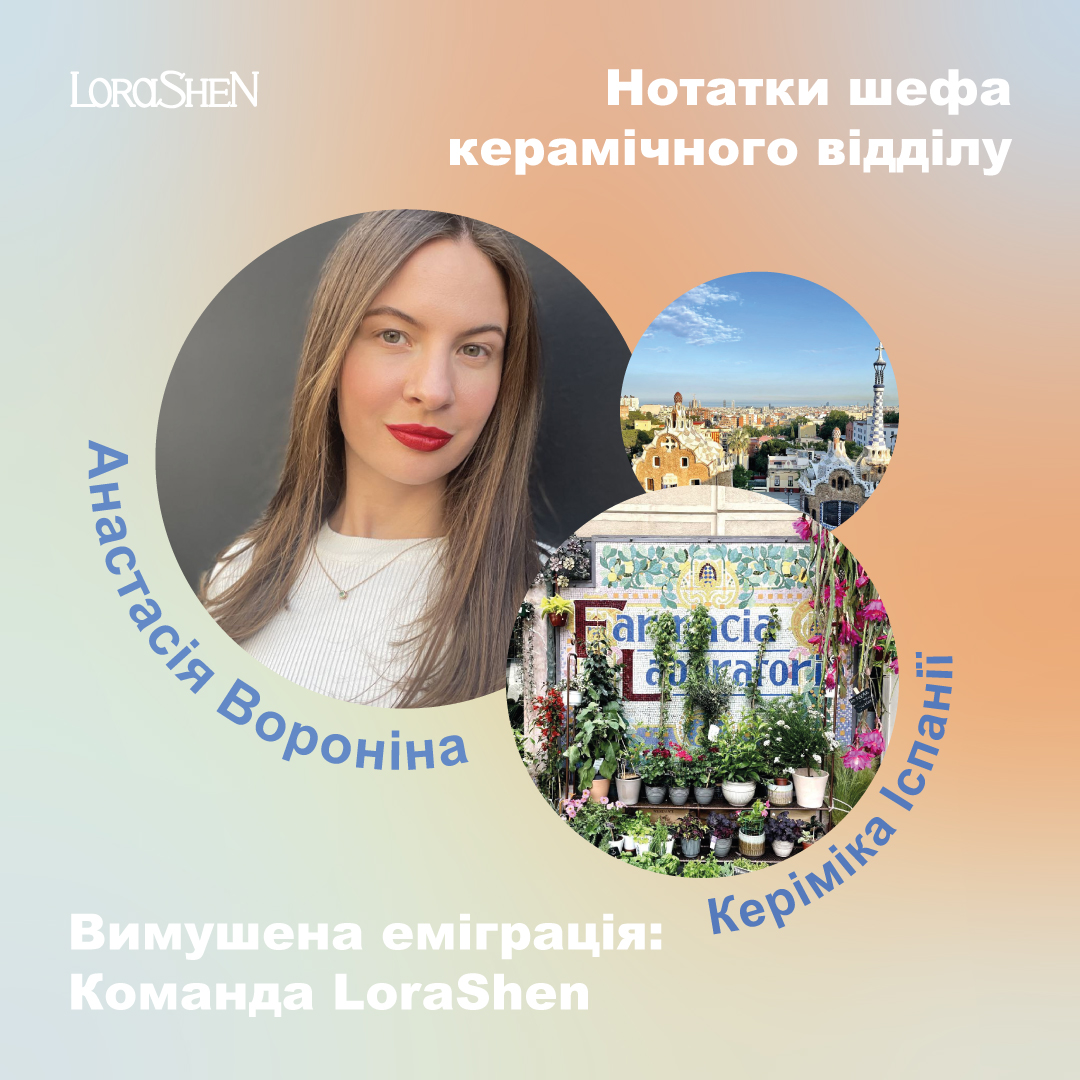
"I have dreamed of visiting Spain for a long time, I planned to visit the country at the beginning of May, but the dream trip turned into an escape from the war.
A few weeks after arriving in Madrid, having recovered from the horror of the events, it was decided to explore the city.
1. As a ceramic artist, I was struck by the variety of uses of ceramics in the urban environment. The most charming thing is the style to which everything is subject. The first thing that catches the eye are the ceramic plates with the names of the streets. They are present in almost all areas of the city and play the role of a unifying element, like a lace net that unites the whole city. I was even lucky enough to visit a workshop that restores such tiles and elements of facade decoration.

2. The facades of the houses of the central streets abound with a variety of ornaments. The care for the passer-by is most astounding: looking up, you see that even under the balcony is tiled. Beauty is everywhere. I wish that Ukrainian architects would worry about pedestrians in the same way, that our cities would be for citizens, not for cars.
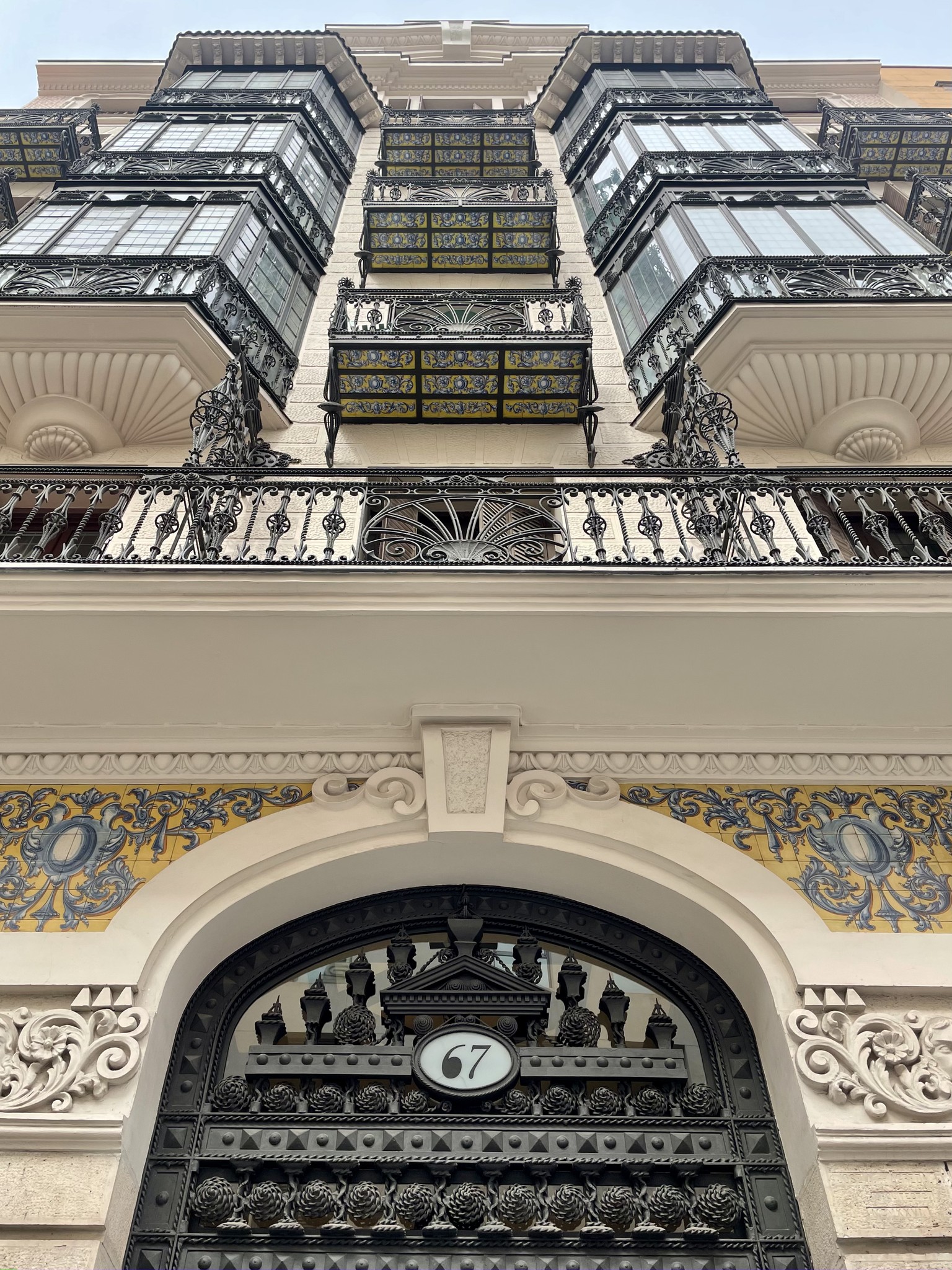
3. I always visit museums and art galleries in new cities. The Museum of Decorative and Applied Arts in Madrid was one of the first on my itinerary. Spanish ceramics have their own character, they carry a cultural code. Just look at the reconstruction of the 18th century kitchen. Undoubtedly, this is love for one's life and people, which is concentrated in the images on the tiles. The Kyiv Museum of Decorative and Applied Arts in the Lavra exhibits a lot of ceramics, glass and a fantastic collection of woven carpets from different regions. And in the Museum of the History of Ukraine you can enjoy jewelry, wooden products, traditional costume, etc.
4. A large collection of useful and decorative ceramics remained in the house-museum of the Spanish impressionist Joaquin Sorolla. The estate reminded me of a walk with my mother to the house-museum of the Ukrainian impressionist Ivan Trush in Lviv, the city where I studied. There, on the second floor, the workshop of a famous artist, flooded with light, even the brushes that Trush himself used to create remained. Definitely worth a visit!
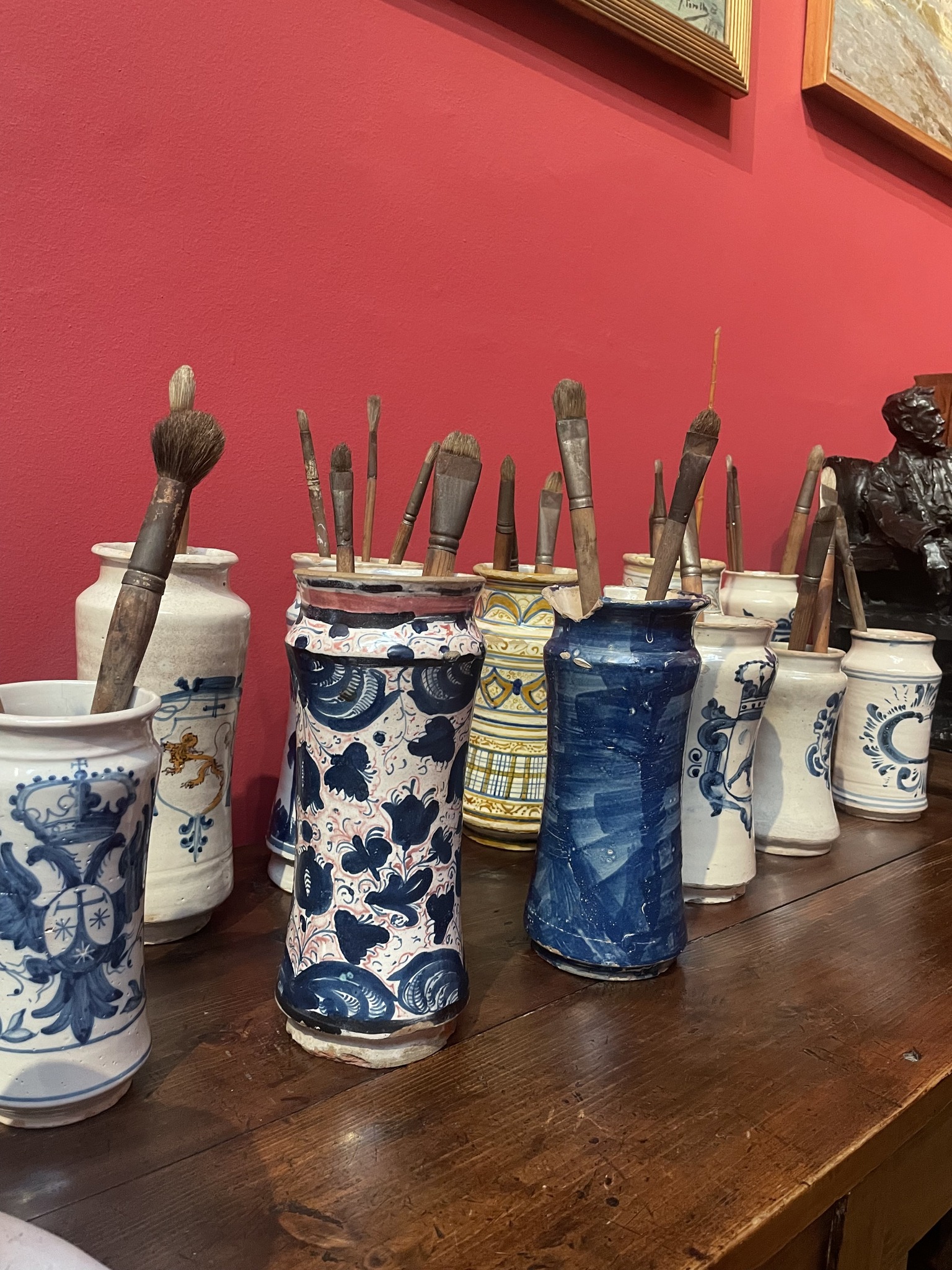
5. Metropolitan. Some stations have mosaic decoration or are decorated with ceramic panels. One of the central ones even exhibits archaeological finds of ceramic vases. However, the Kyiv metro is my favorite. The decoration of the "Khreshchatyk" station is a real work of decorative art. One of the authors is Oksana Grudzynska, who taught at the Art Academy named after Boychuk, where I study now.
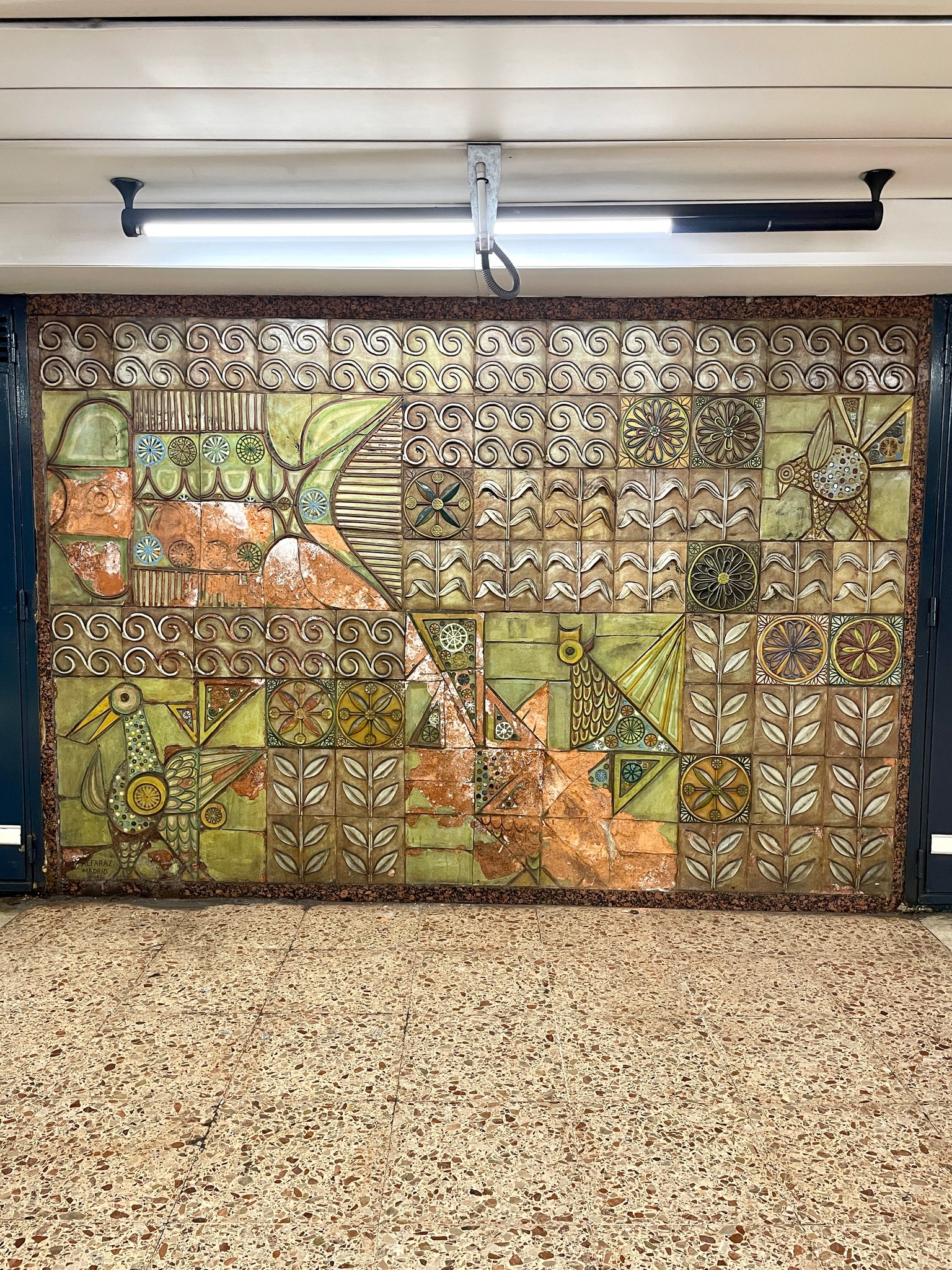
6. In Barcelona, you should definitely visit Park Güell, one of whose architects was Gaudi. The great master believed in waste-free consumption of materials, so he widely used ceramic tile to decorate a wide variety of surfaces: from a bench to the roof.
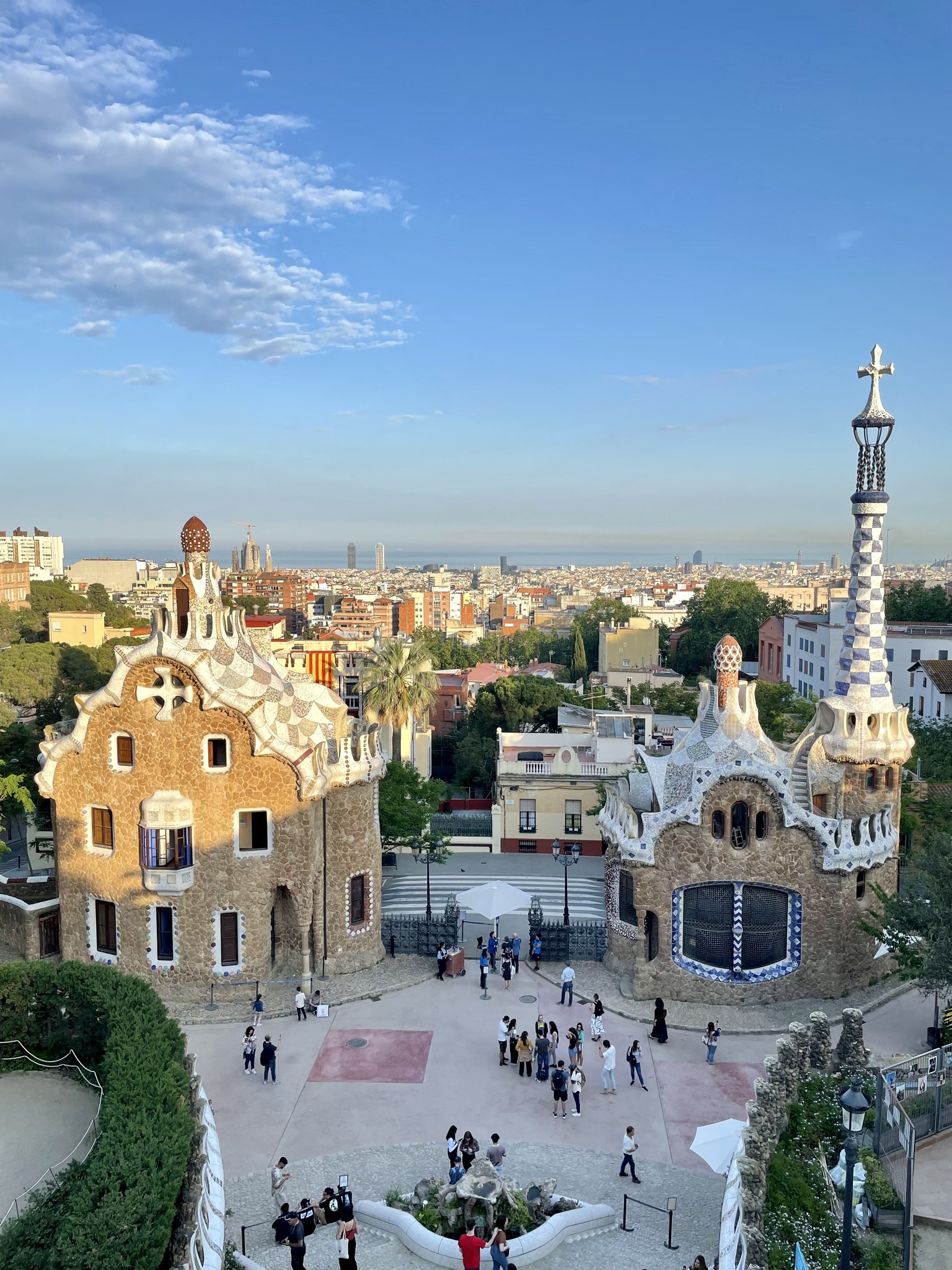
7. The names of shops, restaurants and other establishments are often made using ceramic methods, more often they are hand-painted tiles. My attention was drawn to a flower shop located in a former pharmacy. I dream of returning to work in my favorite ceramic kitchen, gutting the battle and creating a mosaic panel for the LoraShen studio with the team, and maybe we'll also fantasize for us."
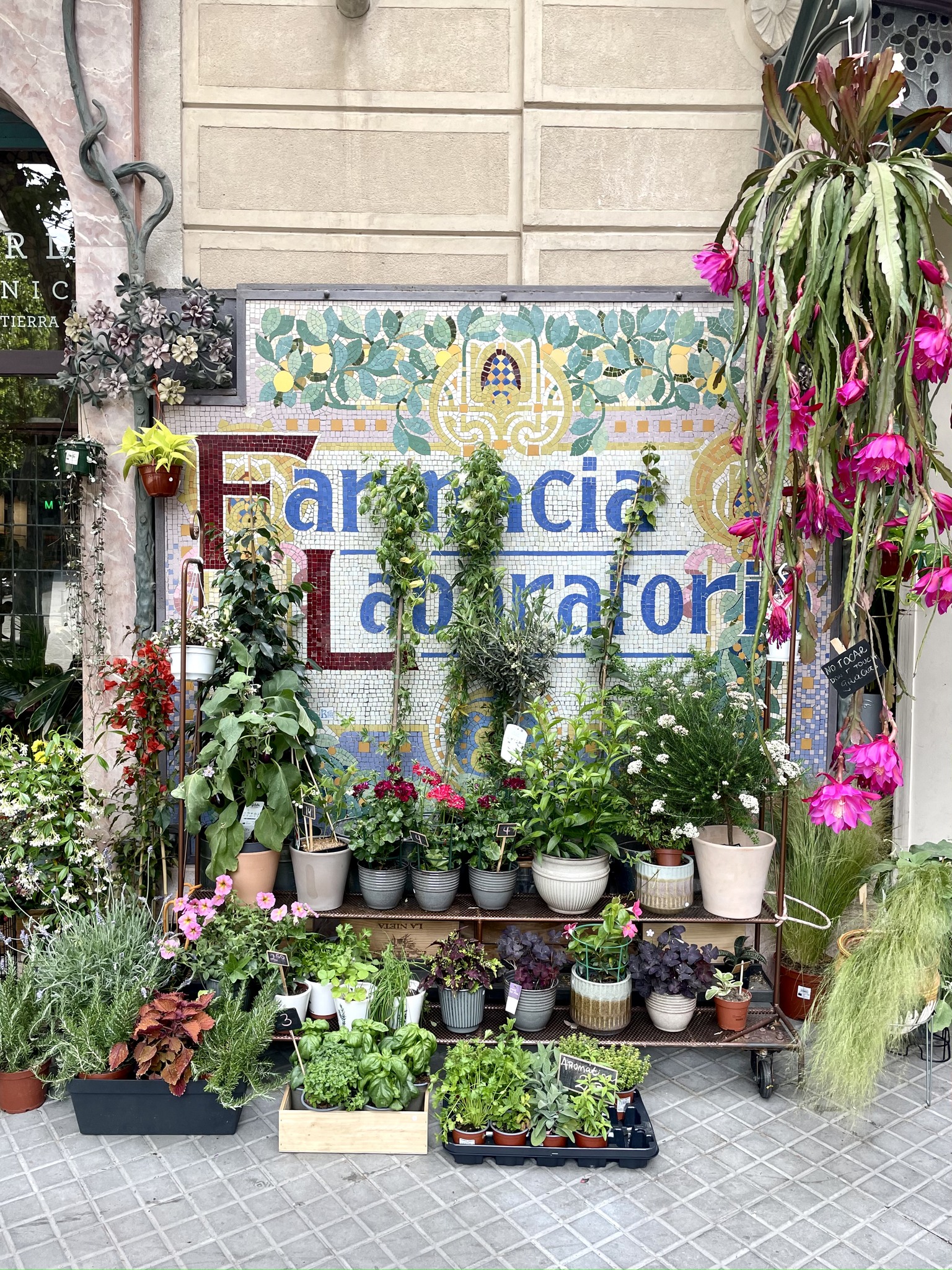
We hope you enjoyed our new column. Wait for the continuation! ❤️🙌🏻